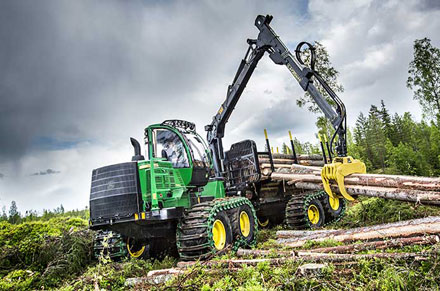
Australia’s 10 most dangerous professions claimed 170 lives in 2015, and many of the nation’s riskiest professions have stayed in the top 10 list for years. Source: Smart Company
Comparison website Finder.com.au has tracked the professional sectors that reported the most fatalities and serious injuries, according to the most recent government data on workplace safety and workers’ compensation, which was made available in June.
Those working in the agriculture and forestry sector have the highest risk score of any industry in Australia, according to the figures.
Fifty-two workers lost their lives when working in the agriculture industry in 2015, while 3410 sustained injuries that prevented them from working for at least a week.
Industries involving the transport of goods and services also ranked highly for risk, with the transport sector, construction and manufacturing industries rounding out the top four most dangerous professions.
Little has changed over the past few years, with those same four sectors also making the list in 2014 and accounting for the top four industries in figures for 2012.
However, the sector that recorded the most serious injuries among its workers was healthcare, with 17,565 serious injuries recorded — or one quarter of all the injuries across the top 10 riskiest sectors.
One profession that has popped up as a risky option over the past two years has been administration and support services. More than 3000 people seriously injured themselves on the job in administration services in 2015, with seven people losing their lives.
The biggest mover for the year was wholesale trade, which jumped from seventh spot last year to five this year.
“Despite a decrease in the amount of people employed in this industry from the previous year (389,000 down from 393,000), 2015 saw a jump in serious workers compensation claims from 4380 to 4630,” the Finder team said in analysis.
Australia’s most dangerous professions:
- Agriculture, forestry and fishing
- Transport, postal and warehousing
- Construction
- Manufacturing
- Wholesale trade
- Mining
- Health care and social assistance
- Public administration and safety
- Electricity, gas, water and waste services
- Administration and support services







